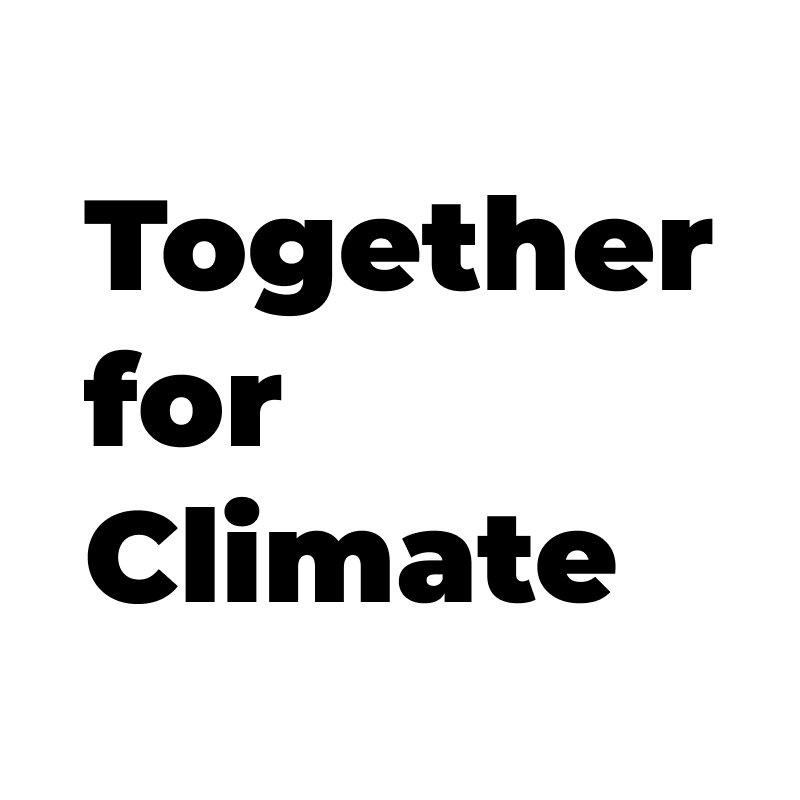Pakistan's floods are a result of melting glaciers
Climate change is melting Pakistan's 7,000 glaciers, turning them into devastating floodwater.
The floods in Pakistan are being called the "worst in country history". The prime minister gave a grim update on the ongoing crisis, stating that over one thousand were now dead and at least $10 billion would be needed to provide relief to the country.
However, the humanitarian disaster being dubbed the "monster monsoon" isn't some freak tragedy. Unfortunately, it is the result of climate change and a warming planet.
With a third of the country inundated in water, buildings destroyed lives taken, it is time to start taking the melting snow and glaciers much more seriously.
The devastation of the Monsoon
While the Monsoon season hits Pakistan every year, this year's has been labelled as the worst in the country's history. At least 1,033 people have been killed, including 348 children. A further 1,527 have been injured.
It's estimated that at least a 33 million people have been affected by this "unprecedented" disaster.
Pakistan normally only has three to four cycles of rain, this year it has had eight. These extra cycles of monsoon have caused flood torrents that have led to never before seen destruction.
Furthermore, the "Monsoon on Steriods" has destroyed nearly half of Pakistan's cotton, too. This is irreparable damage to the cotton industry in Pakistan, causing damage to the economy, companies, and families.
Women and girls are bearing the brunt
As with most disasters, women and girls are disproportionately affected. A UNFPA representative states that; "Pregnancies and childbirth can’t wait for emergencies or natural disasters to be over. This is when a woman and baby are vulnerable and need the most care."
It's also important to point out that gender-based violence is now heightened as a result of homes being destroyed and damaged. The UN agency is also attempting to halt gender-based violence with medical and psychosocial support to survivors of the abuse.
How climate change has worsened floods
Glaciers around the world have grown smaller over the past few decades. This is due to the fact that they haven't been able to grow their mass back up in the winter - this is because of the planet getting gradually warmer.
Pakistan is a hotspot for glaciers, making the warming planet a huge problem for the country.
A study found that the Himalayan glaciers are melting at a rate that is at least ten times higher than the average rate over the past centuries.
Glacier melt can cause alpine lakes to burst and rivers to swell. This combined with the monsoons worsening because of a hotter planet has caused devastation that could never be prepared for.
Richer nations are mainly responsible
It is reasonable that Pakistan has called on richer nations to honour a $100 billion climate finance pledge to developing countries.
Developing countries are the least responsible for the majority of the emissions today, but they very often bear the brunt of climate change. It is imperative the developing countries are not on helped financially, but that their specific challenges are recognised and solutions are created before the devastation hits these levels.
We are trying to find solutions to help cure the warming climate that is causing unknown devastation across the world. Our solutions reduce greenhouse gases, protect oceans, and slow permafrost thawing.
